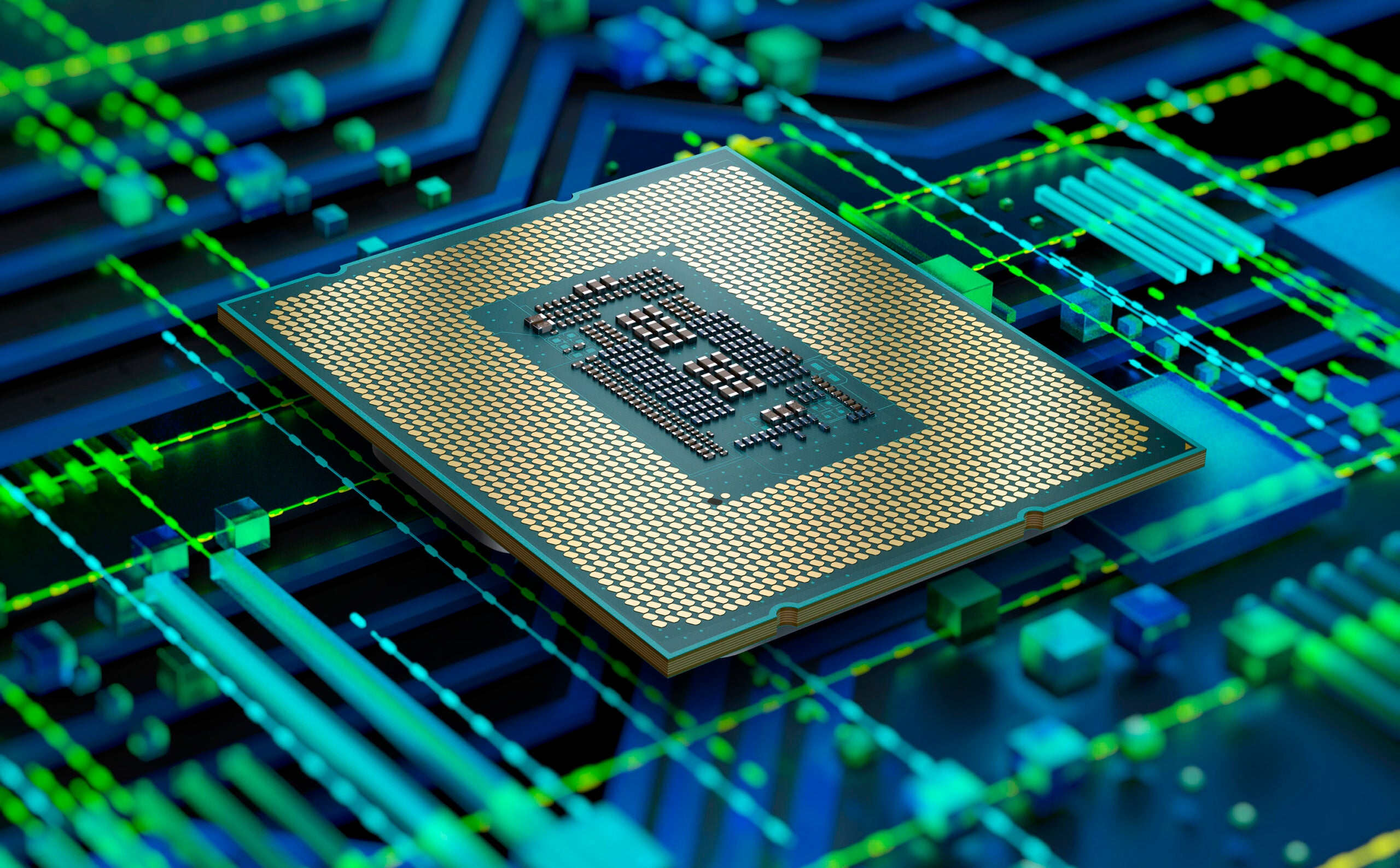Do You Need Thermal Paste For New Cpu
Whether you’re building a PC or upgrading your CPU — or cooler — you must apply fresh thermal paste to your processor. Thermal paste is essential for the heat dissipation of the CPU die and your heat sink. This is also called TIM: Thermal Interface Material.
Won’t thermal paste damage the CPU?
It will eventually overheat and fail if you don’t use thermal paste between the CPU and the heatsink. This may not happen right away, but it will and in a much shorter time than using the thermal paste.
What happens if you don’t use thermal paste?
So, what happens if you don’t use thermal paste? Failure to provide a thermal pad between the heat sink and the CPU may cause the device to overheat, leading to a malfunction.
Can I turn on the PC without thermal paste?
No, you don’t need thermal paste, it does help, but as long as the HSF does its job and keeps the CPU from overheating, it’s fine. In addition, the Thermal Paste does not conduct heat very well, but it is better than the air gaps.
Can you test a PC without thermal paste?
Although the CPUs should have thermal protection, I’d rather not take the risk. I recommend cleaning out the old paste, applying a new one, connecting a case speaker to the motherboard, and starting the board with only the CPU and CPU fan installed. See if there are beeps.
How long does a CPU last?
CPUs last an average of 7-10 years, but other components usually fail and die long before that.
Can I use toothpaste as a thermal paste?
Toothpaste is also an excellent replacement for thermal paste. The structure decays after a few days, especially if operating temperatures are high.
What is a healthy CPU temperature?
A good temperature for your desktop computer’s CPU is around 120 when idle and below 175 when loaded. If you’re using a laptop, look for CPU temperatures between 140℉ and 190℉. If your CPU heats up over 200, your computer may experience problems or shut down.
Does a dead motherboard turn on?
The motherboard is the computer, so the usual symptom of a faulty motherboard is a completely dead system. Fans, drives, and other peripherals can run when the motherboard is over, but more often than not, nothing happens at all when you turn on the power: no beeps, no lights, no fans, nothing.
Can GPU work without thermal paste?
Thermal paste is required to efficiently transfer heat from the part to the heat sink or heat pipes. Heat cannot be transferred correctly and efficiently without this paste, and the components will overheat and die.

Can you use GPU without thermal paste?
At least a generalization. Without paste, you can damage your GPU from excessive heat.
How often should I replace thermal paste?
How often should you replace thermal paste? In most cases, you won’t need to reapply more than once every few years, although you will need to replace your paste if you remove your cooler for any reason. You may also want to consider reapplying thermal paste if your CPU temperatures rise.
Do Intel processors have thermal paste?
Every non-K and non-X variant CPU in a box will contain a cooling solution for Intel processors. As with AMD, Intel’s CPU will also not have thermal paste; unless the CPU is packaged with a CPU cooler. That said, their stock heatsinks come with a pre-applied thermal paste. Efor Intel processors.
How fast does a CPU overheat without a heat sink?
Let the CPU run for about 20 seconds before it reaching-70 degrees. This is enough time to see if the computer POSTs correctly. I’ve done this quite a bit to test hardware.
How long will the ram last?
RAM Performance Lifespan In general, you should be able to last about 8 to 12 years before needing an upgrade, but that’s only if you want to play the latest games without using up too much memory.
How long will Ryzen last?
If you use it 8–12 hours/day and have good cooling (40C average, 65C max), it will last 8–20 years. If you asked about performance, then for simple apps, 10-20 years, and for gaming, 5-10 years on ultra.
How long does an Intel i7 last?
Barring an unforeseen revolution in computing, your i7 should be relevant for at least 4 or 5 years before upgrading for better performance.
Can I use Vaseline as a thermal paste?
Another solution to use as a thermal paste can be obtained by mixing the very fine aluminum powder with petroleum jelly oil. The mixture should be incorporated for at least 10 minutes to avoid small air bubbles.
Does dried thermal paste work?
The paste transfers heat much better than air, but it’s nowhere near as good as metal. When it dries, it can be crumbly (leaving air bubbles), so it won’t fill in the gaps as well. A smooth, creamy paste fills holes much better than a dry, crumbly paste. The fluid probably also helps transfer the heat.
Is 65 a good CPU temperature?
Ideal CPU temperature for gaming A good CPU temperature range for gaming is between 70 and 80 degrees Celsius (158-176°F). However, some manufacturers have made processors that can tolerate higher temperatures (for example, 110 degrees C).
Can a CPU get too cold?
CPUs can get “too cold”, but temperatures are impossible indoors and on air or water cooling. I think AMD’s Athlon 64’s starts to get the “cold bugs” at -40 C or so because the material properties of the silicon-on-insulator substrate change enough to interfere with normal transistor operation.
How hot should a CPU get while gaming?
A normal CPU temperature while gaming is between 142°F and 164°F (61°C and 73°C). Occasionally your CPU will run hotter than usual. A good rule of thumb is that your CPU temperature should not exceed 80°C, or you risk overheating.





